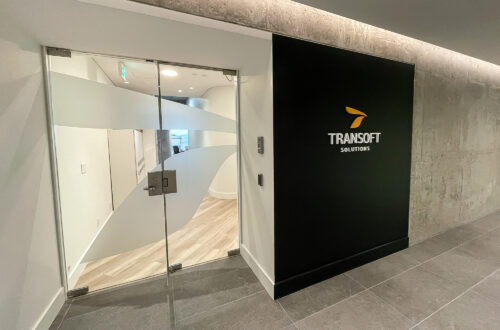Aviation
Specialized software to plan, analyze and optimize airport and airspace operations.
Discover SolutionsCivil & Transportation
Productivity-enhancing software for planning, designing, evaluating and visualizing.
Discover SolutionsTraffic Safety
Innovative technologies to help create safe and sustainable transportation networks.
Discover SolutionsEmpowering Transportation Professionals Since 1991
We are committed to providing innovative engineering software with extraordinary client services and support.
years of innovation
users in 150 countries
offices to serve you globally

About Us
Since 1991, Transoft Solutions has developed advanced and highly specialized software solutions for aviation, civil infrastructure, transportation and operational professionals. Our portfolio of planning, simulation, modeling, design, and road safety analysis solutions is used every day by thousands of organizations in over 150 countries worldwide. Clients include government agencies at the federal, state, county and municipal levels, as well as major international airports and top engineering and architectural design firms.
Latest News
View all Transoft news
Earth Day 2024: Over 1,300 trees planted with Evertreen

Transoft Headquarters Relocates to Downtown Vancouver

Transoft Solutions Expands into France With Transportation Asset Management and Safety Assessment Technology

Corporate Social Responsibility
We act ethically and responsibly in conducting our business. We support programs that focus on scholarships, disaster relief, environmental impact and community needs. We encourage employee participation through our matching donation programs, community engagement and being mindful about our impact on the world around us.
Discover How Transoft Solutions Can Help
Our portfolio of software products help you accelerate innovation and drive operational excellence.

Aviation
Specialized software to plan, analyze and optimize airport and airspace operations.
Discover Solutions
Civil & Transportation
Productivity-enhancing software for planning, designing, evaluating and visualizing.
Discover Solutions
Traffic Safety
Innovative technologies to help create safe and sustainable transportation networks.
Discover Solutions








